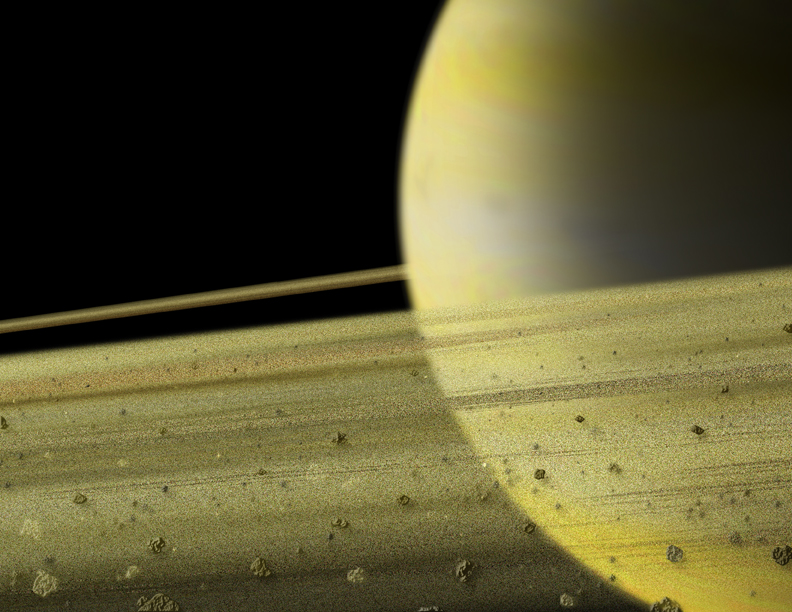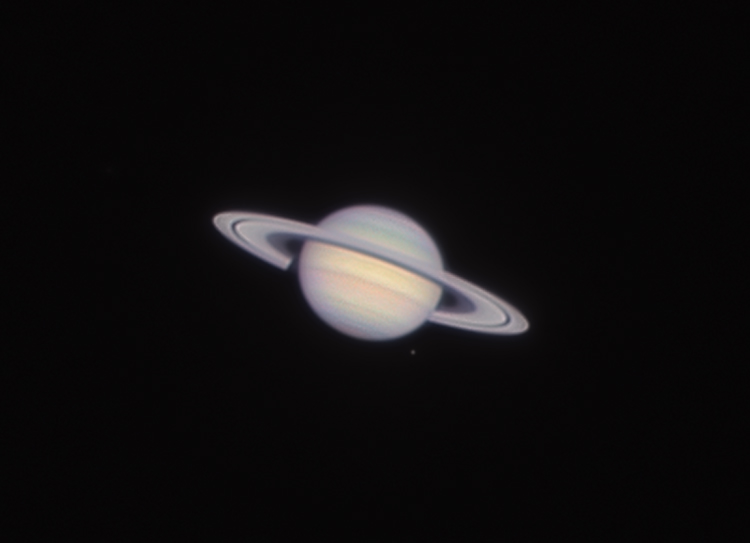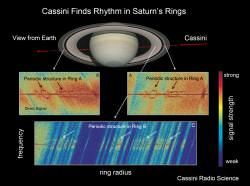How long does it take to get to Saturn? That is a great question that happens to have several answers. Just as it can take different amounts of time to get to a destination here on Earth depending on what route you take, it can take different amounts of time to get to Saturn based on how you travel.
In the past spacecraft have taken greatly different amounts of time to make it to Saturn. Pioneer 11 took six and a half years to arrive. Voyager 1 took three years and two months, Voyager 2 took four years, and the Cassini spacecraft took six years and nine months to arrive. The New Horizons spacecraft took a short two years and four months to arrive on the scene. Why such huge differences in flight time?
The first factor to consider is whether the spacecraft is launched directly toward Saturn or if the spacecraft is sent toward other celestial objects to uses their gravity to slingshot itself to Saturn. Another factor is consider is the type of engine propelling the spacecraft, and a third factor to think about is that it takes a great deal of time to slow down, so if a spacecraft is simply going to flyby, it need to slowdown, but if it is to orbit, its trip to Saturn will take longer.
With those factors in mind, lets look a the mission mentioned above. Pioneer 11 and Cassini used the gravitational influence of different planets before making their way to Saturn. These flybys of other planets added years to their trip. Voyager 1 and 2 did not meander around the Solar System so much and made their appearances near Saturn much more quickly. The New Horizons spacecraft had several distinct advantages over all of the other spacecraft mentioned. The two main being that it has the fastest, most advanced engine available and it was launched on a single trajectory past Saturn on its way to Pluto.
As you can see, the answer to ”how long does it take to get to Saturn” lacks a straightforward answer. Even with New Horizons flying past in just over two years, scientist are hoping to improve upon that speed with better engines and more efficient flight patterns.
Just in case you were wondering, here’s how long it takes to fly to Mars, and how long it takes to get to the Moon.
Here’s the same question answered at NASA’s Starchild, and information about how long each of NASA’s spacecraft took to make the journey.
We have recorded two episodes of Astronomy Cast just about Saturn. The first is Episode 59: Saturn, and the second is Episode 61: Saturn’s Moons.
Source: NASA







